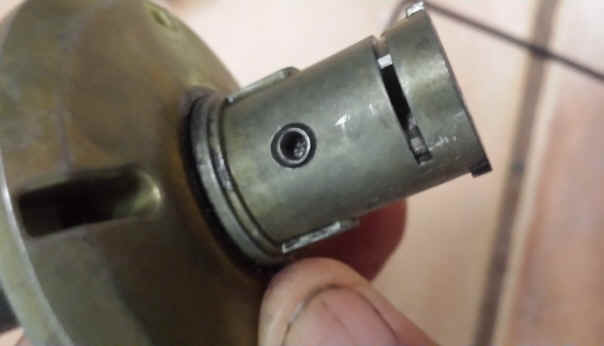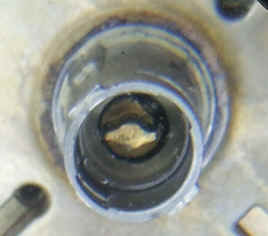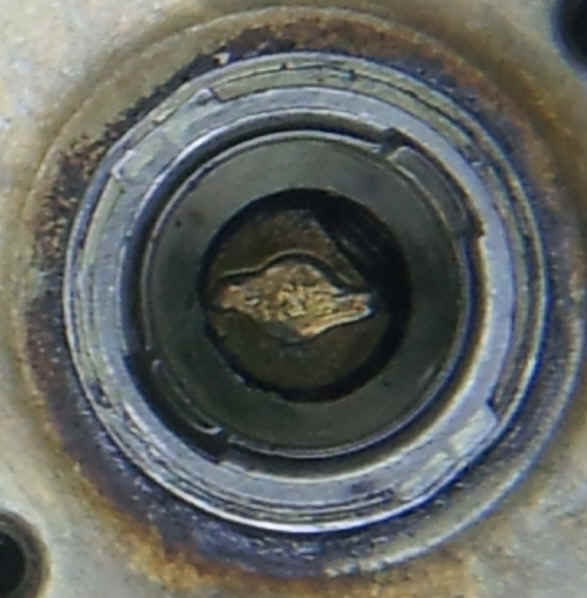

D
Vautier
7/2015
The major manufacturers including Kwikset, Baldwin and Schlage offer handle type door locks. There is however a design error built into all of these locks that can cause them not to function. A simple design modification can fix this but it probably will not be fixed because it's good for their business for the locks to fail I suppose. It could also be beneficial for locksmiths as well who understand the inner workings of these locks and can then get paid for a simple fix or replacement of an otherwise perfectly good lock.
One of my Kwikset door handles decided not to lock. The little button on the end would not turn to the lock position. It was about five years old and had experienced high use but was otherwise in good shape. I removed it and got a new Kwikset which also did not work. I got a more expensive Baldwin and it did work.
Baldwin is a subsidiary of Kwikset and has all interchangeable parts with its parent company but the handles on the Baldwin are a little sturdier. The Baldwin worked fine but I decided to take apart the Kwikset to see what happened. I discovered that the locking mechanism became frozen in place when the outside handle set screw got loose. So the entire failure of the mechanism was caused by nothing more than a loose set screw on the outside handle. the set screw is located so it is tamper proof.
Here is a detailed explanation of the problem:
This is the outside part of the main assembly showing the two threaded screw shafts that go through the door bolt assembly and the center shaft. The center shaft is half covered with a steel tripping cover that is attached to the lock which moves the bolt.

Here you can see the control shaft in the lock position with the locking arms extended. This part of the assembly is built very well. the shaft should turn freely between the lock and unlock positions. I added some grease. The black locking mechanism is all steel. I'm sure that if you twisted the unit the handle would break before the lock failed.

This Baldwin replaced my Kwikset. The inner workings were still Kwikset.
The little locking button does not turn to the locking position when the handle set screw on the outside is loose.

Here is the outside setscrew that secures the handle in place. It is tightened from the other side using a 2.5 mm allen screwdriver usually supplied with the install kit. The reason it is accessed from the other side is so that when the unit is locked access to the screw is blocked by the shaft. When locked you can't remove the outer handle.

When you remove the outside handle it exposes the tumbler assembly which is held in place by a small clip. Remove the clip and you can see the butterfly catch at the bottom of the tunnel that engages the tumbler unit.

The butterfly has a flat edge at it's base which is designed to allow the handle set screw enough clearance to retract so that the handle can be put on. When the set screw is tightened it should allow room for the locking shaft to turn. But what happens when the handle set screw gets a little loose from constant use? Clearances are close and it binds the locking shaft. Big problem.

So here are a few suggestions for all the lock manufacturers in particular Kwikset, Baldwin and Schlage. Build a larger wall that can accommodate the set screw. Or build a shorter screw and remove the flat spot. Or warn consumers about this binding problem in the instructions and how to fix it. Or redesign the whole thing which is poorly designed in the first place. Or design a set screw with a locknut that does not come loose so easily.